#plight
Explore tagged Tumblr posts
Text


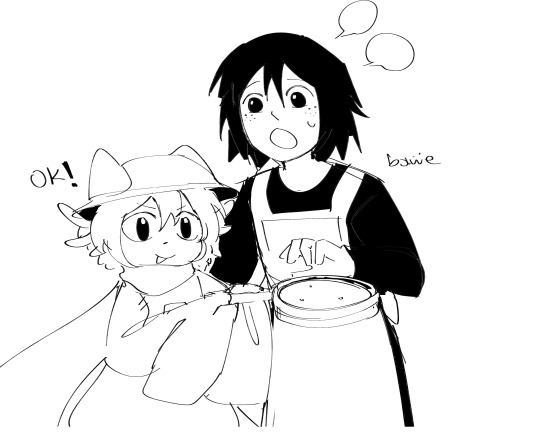
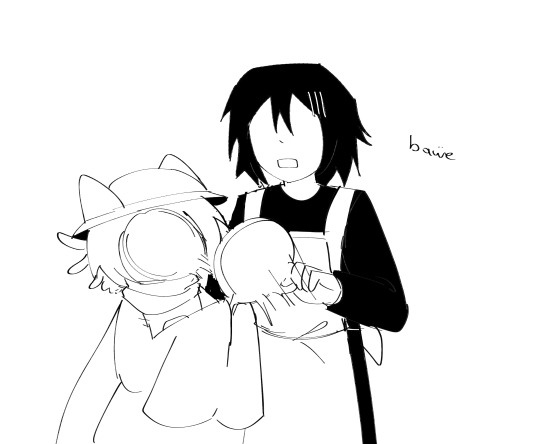


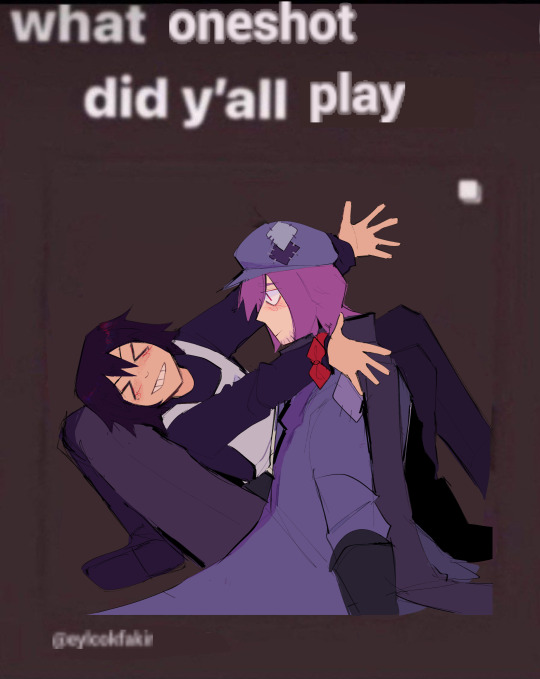
ok i think thats it see yall in 7 months
#oneshot game#oneshot#lamplighter#oneshot lamplighter#ling#oneshot ling#plight#plight oneshot#art#digital art#niko#niko oneshot#oneshot niko#oneshot fanart#silver oneshot#art dump#ship art#meme redraw
451 notes
·
View notes
Text

Need a light?
#dynart#oneshot#nightmargin#unknownpsn#unknown person#lamplighter#plight#lamp post#lamp#castle of nations#honestly?#I feel like plight would fit in castle of nations pretty well!#if nothing else as the last maintenance guy of the park :')#maybe if at least one human still cared for the state of the park#everyone there wouldn't be so uhh...#murder-y...#a mostly experimental piece#lighting doesn't make a ton of sense sry
647 notes
·
View notes
Text
"When you're lost in the universe (lost in the universe) don't lose faith. My mother said "your whole life is in the hand of god""
Happy anniversary to Oneshot, probably wouldn't meet the people i look up to and appreciate now without it

#oneshot game#oneshot#oneshotgame#niko#alula#calamus#magpie#cedric#kip#silver#plight#ling#rue#prototype#prophetbot#watcher#george#maize#happy anniversary to Oneshot#digital art
318 notes
·
View notes
Text
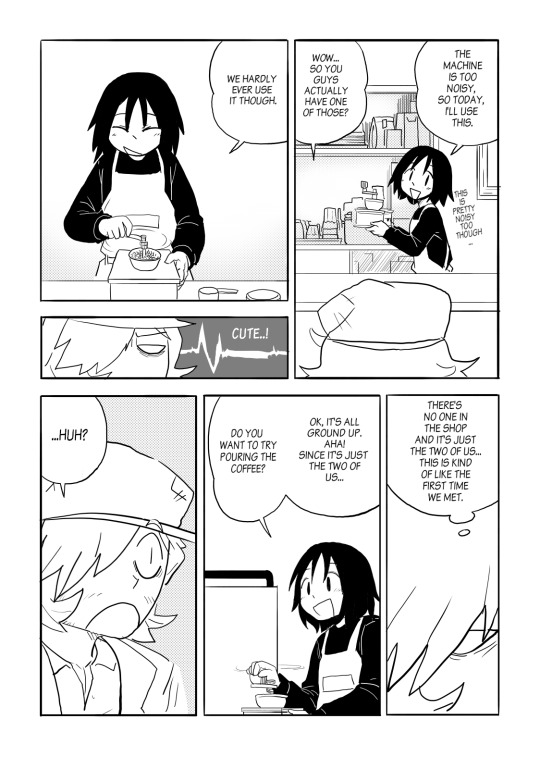
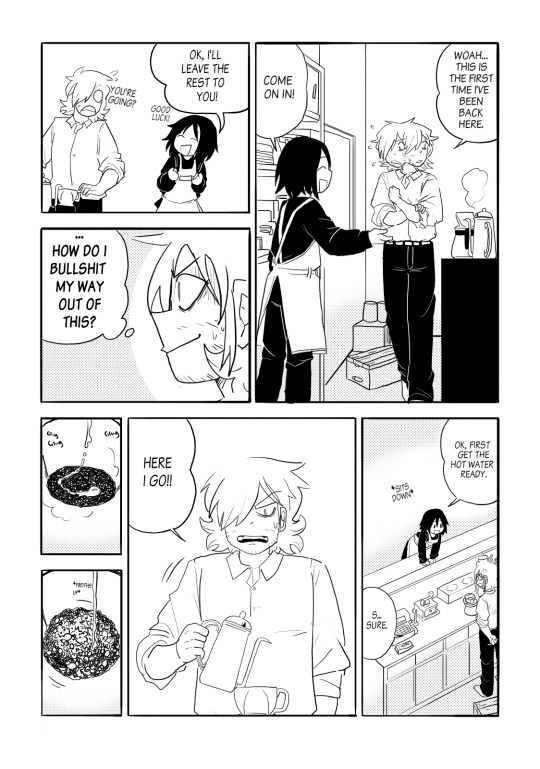

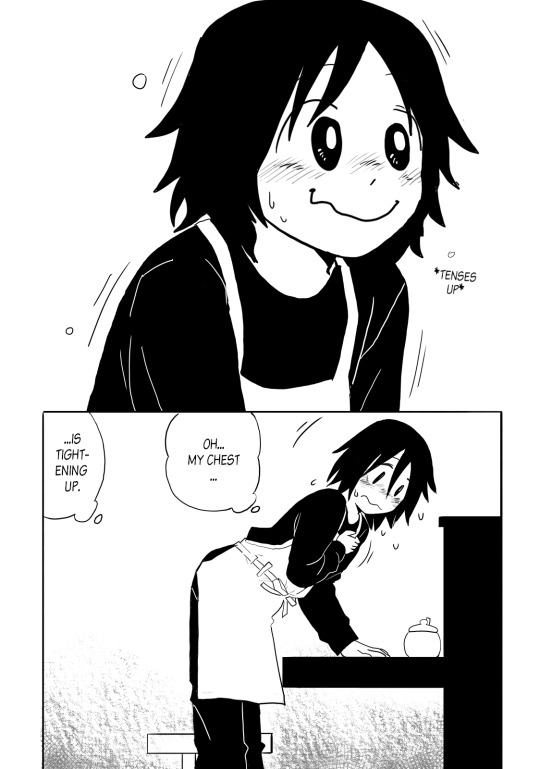


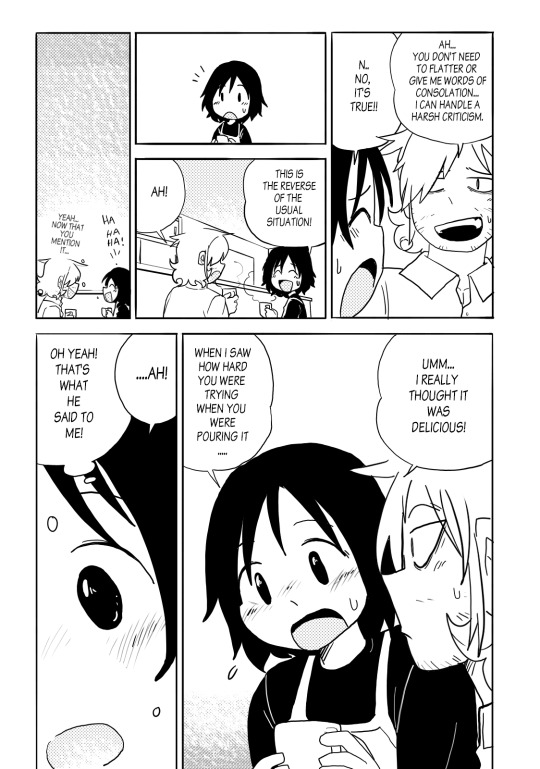

forgot to upload this on tumblr
this was a landmark achievement in my twitter career making this corny ass comic
(this is heavily referenced/traced from Kimi To Iru To.)
#fanart#oneshot#oneshot game#fanart comic#lampling#lamplighter#plight#ling oneshot#oneshot ling#lamplighter oneshot#oneshot lamplighter#fan comic
84 notes
·
View notes
Note
Kip, you all hanging in there?
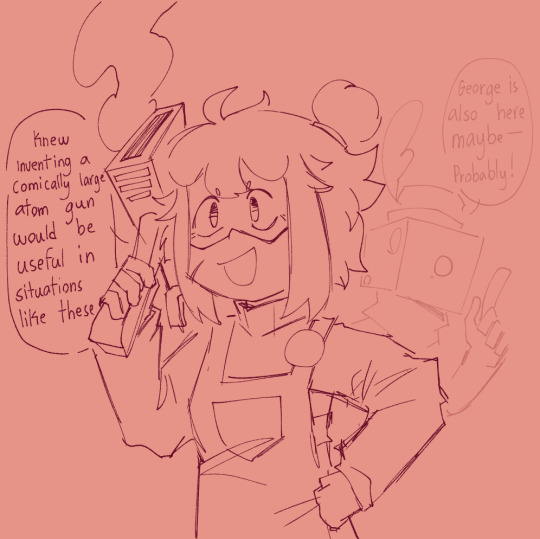
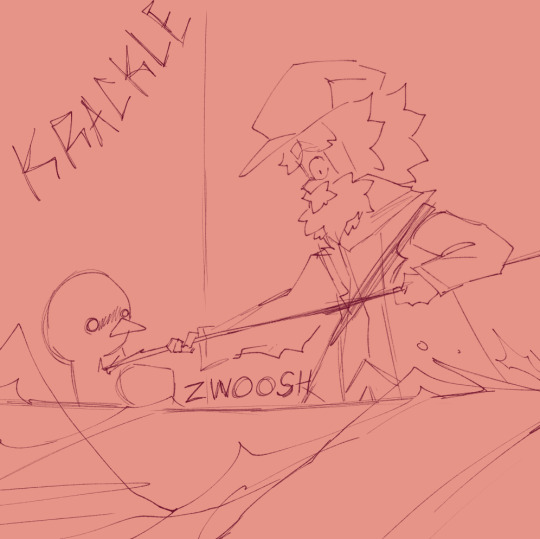

74 notes
·
View notes
Text

[Start ID: A sketch of the Lamplighter from OneShot sleeping sat up on a bench. Two phosphor lanterns sit on the ground by his feet and his lighting stick rests behind him, leaning on the bench. End ID]
I saw the reference image on google and immediately had to sketch this. Version without the ref image and silly text under cut.

36 notes
·
View notes
Text
Overworked Blorbo Battle Round 2 Poll: 27

#tournament polls#oneshot#oneshot game#ghosts bbc#bbc ghosts#ghosts#lamplighter oneshot#oneshot lamplighter#plight oneshot#plight#lamplighter#the captain ghosts#the captain bbc ghosts#the captain#bbc ghosts the captain#captain bbc ghosts#bbc ghosts captain#round 2#round 2 wave 4#tournament poll
101 notes
·
View notes
Text

Official himbo of Oneshot
54 notes
·
View notes
Text
do you wanna build?
you just wanna sit still as this world would have me killed
How will you contribute to seeing me flourish?
maybe you don’t know how to sit passenger with me through these wild rides of life…. maybe you don’t have the courage….
#poetry#women#relationships#black love#plight#brooklyn#life#love#quotes#art#spilled words#inspiration
2 notes
·
View notes
Note
Assault the child

Well i wouldnt go that far!!

Thank god..

Did you... Think i would??
6 notes
·
View notes
Text
phosphor spray
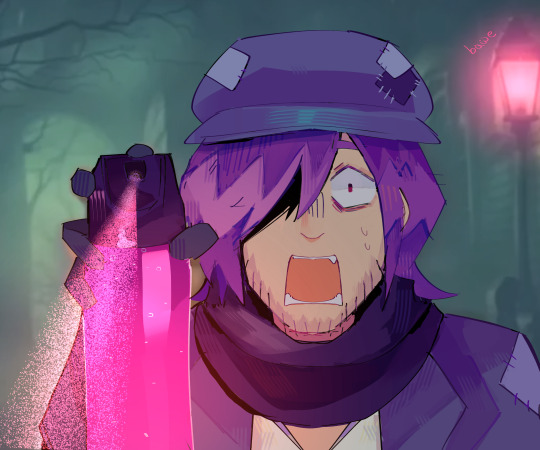
#oneshot game#oneshot#lamplighter#oneshot lamplighter#plight oneshot#plight#art#digital art#shitpost#meme redraw
224 notes
·
View notes
Text

Plight smokin' a ciggy
11 notes
·
View notes
Text
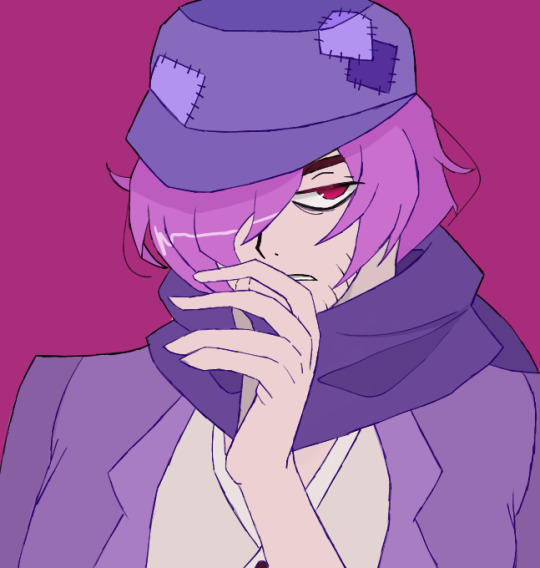
I should do my calculus homsuddenly plight one shot
here's the base?????????
14 notes
·
View notes
Text
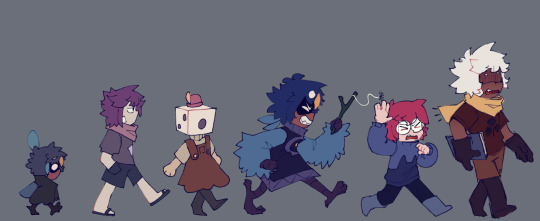
Whoops i think i went way too far back in time.
#oneshot game#oneshot#digital art#the author#kip#rachis#george#plight#lamplighter#magpie#attempting to make past designs are a lot more difficult than it seems
195 notes
·
View notes
Note
Wait wait wait........ Plight kbity??!?!?

*cough cough* yeah...meow.
13 notes
·
View notes
Text

// Based off of this

23 notes
·
View notes